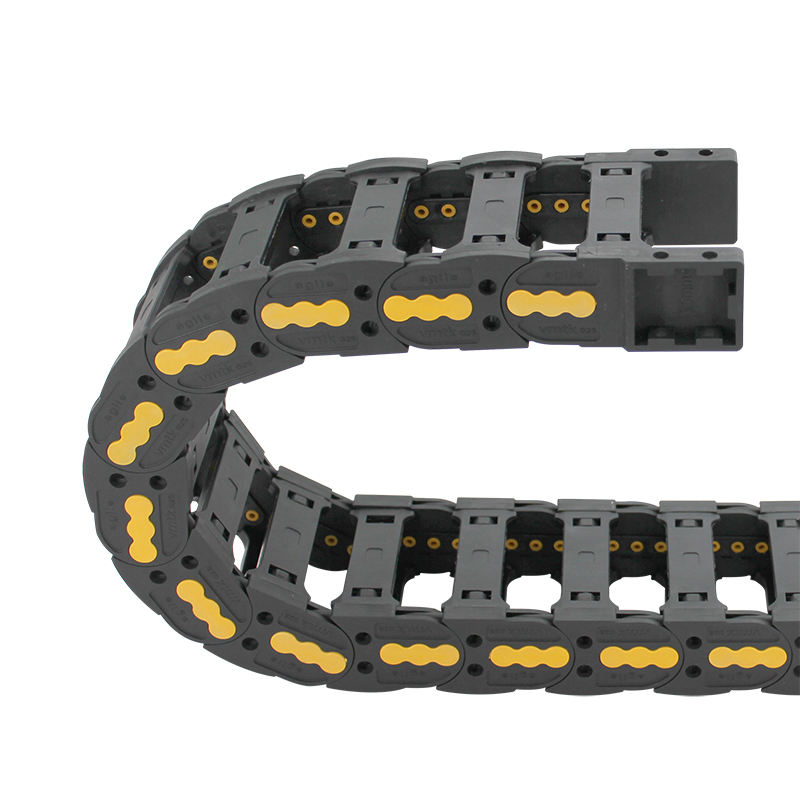Durable Steel Cable Carrier Chains for Efficient Cable Management in Industrial Applications
The Versatility of Steel Cable Carrier Chains A Comprehensive Overview
Steel cable carrier chains, commonly referred to as cable tracks or drag chains, are essential components in various industries where the management and protection of cables and hoses are crucial. These systems facilitate the smooth movement and organization of cables, thereby enhancing the efficiency and safety of machinery and equipment.
Design and Structure
A steel cable carrier chain is designed to support and protect cables while allowing for flexible movement. The construction typically involves interlinked sections that create a continuous track along which cables can travel. Each segment of the chain is designed to accommodate multiple cables or hoses of varying sizes, ensuring a clutter-free workspace. The use of steel in their manufacture provides remarkable strength and durability, making them suitable for heavy-duty applications.
Applications Across Industries
The applications of steel cable carrier chains are vast and varied. In the manufacturing industry, they are predominantly used in CNC machines, robotic arms, and assembly lines. These environments often require precise cable management to prevent tangling or accidental disconnection during high-speed operation. By utilizing cable carriers, manufacturers can ensure that their equipment operates smoothly, thereby increasing productivity.
In addition, the automotive industry benefits significantly from cable carrier chains. They are used in manufacturing robots, conveyor systems, and even in vehicles for managing electrical cables and pneumatic hoses. Beyond manufacturing and automotive applications, these systems are also critical in construction equipment, aerospace, and automation, where reliable cable management directly impacts performance.
Advantages of Steel Cable Carrier Chains
steel cable carrier chain

1. Durability Steel cable carrier chains are built to withstand harsh environments, including extreme temperatures, dust, and mechanical stresses. Their robust construction minimizes wear, ensuring a longer lifespan and reducing the need for frequent replacements.
2. Flexibility These chains are designed to bend and flex without compromising the integrity of the cables they carry. This flexibility is crucial in applications where machinery has moving parts that require cables to move along with them.
3. Safety By enclosing and routing cables within a defined pathway, steel cable carrier chains significantly reduce the risk of accidents caused by tripping or snagging on loose cables. This organizational aspect enhances workplace safety for operators and maintenance personnel.
4. Efficiency With proper cable management, maintenance becomes easier and quicker. Technicians can access cable runs without the hassle of untangling numerous wires, leading to less downtime and more efficient operations.
5. Customizability Steel cable carriers can be tailored to meet specific requirements, including different lengths, widths, and bend radii, based on the application’s needs. This customization allows for a perfect fit in any given environment, maximizing performance.
Conclusion
In summary, steel cable carrier chains play a pivotal role in facilitating efficient cable management across various industries. Their combination of strength, flexibility, safety, and customizability makes them an indispensable asset for modern machinery and systems. As technology evolves and industries continue to innovate, the importance of effective cable management solutions like steel cable carrier chains will only grow, promising enhanced operational capabilities for years to come. Whether in a bustling manufacturing plant or a high-tech robotics environment, these chains are key players in the quest for safety and efficiency in cable management.








